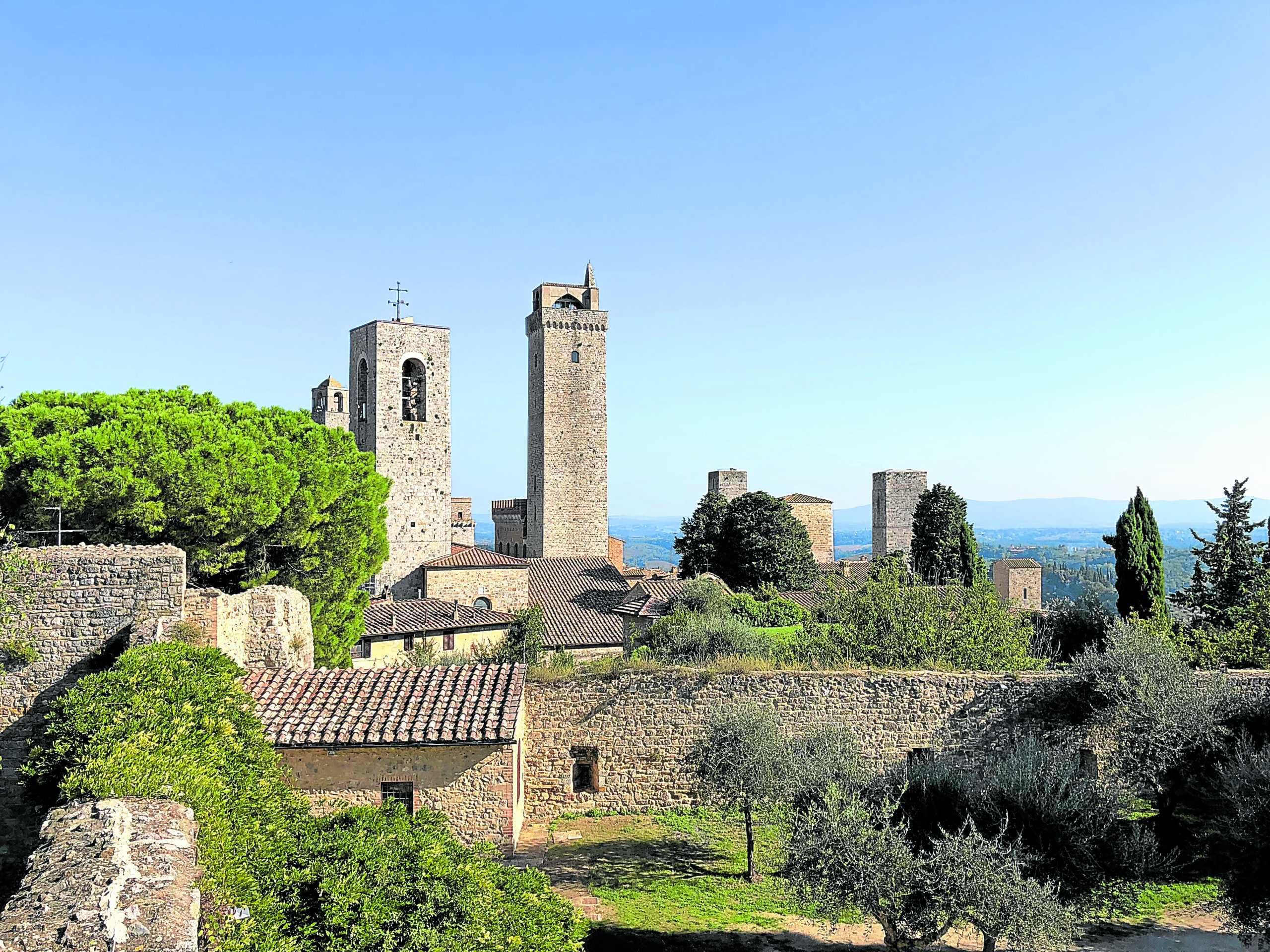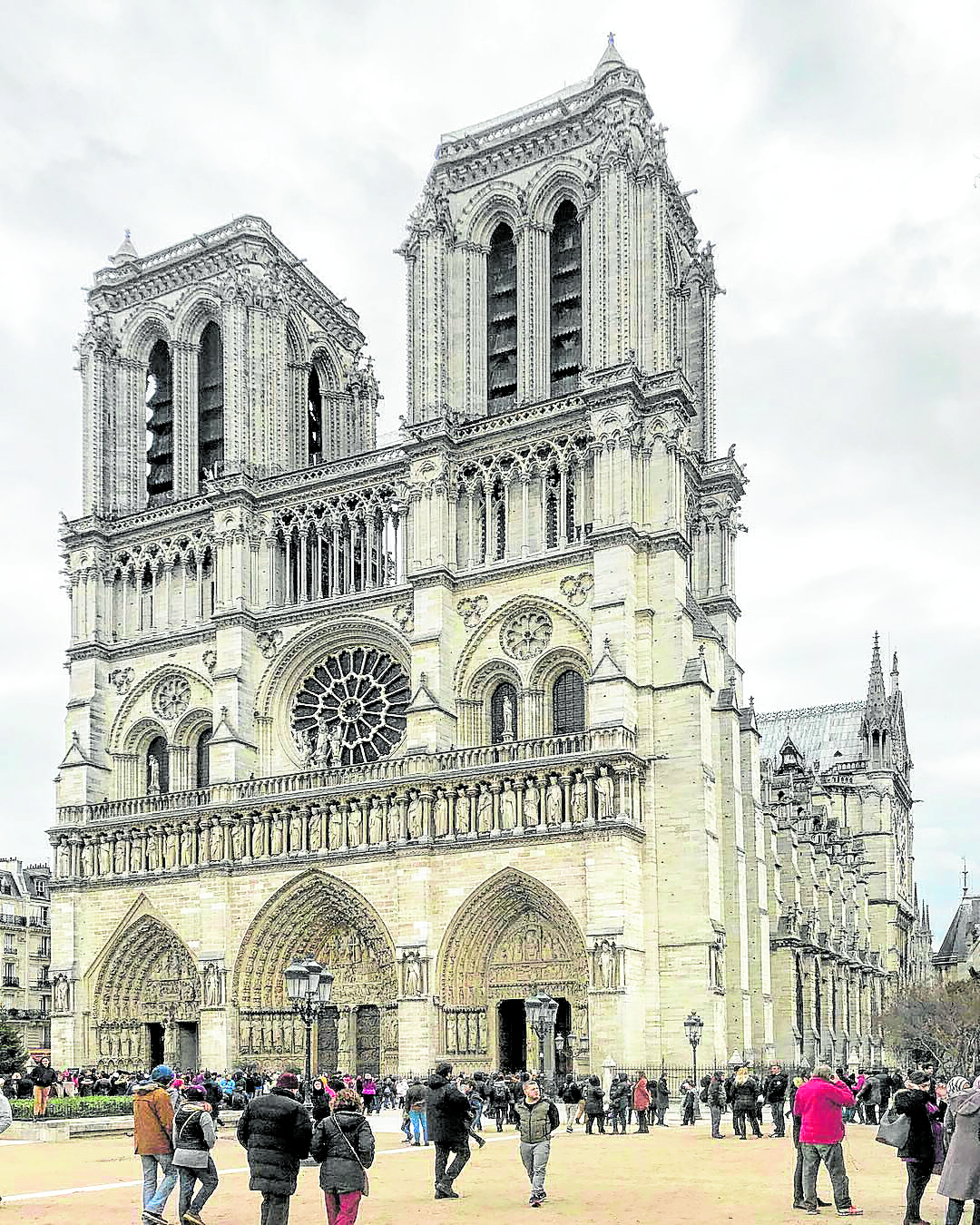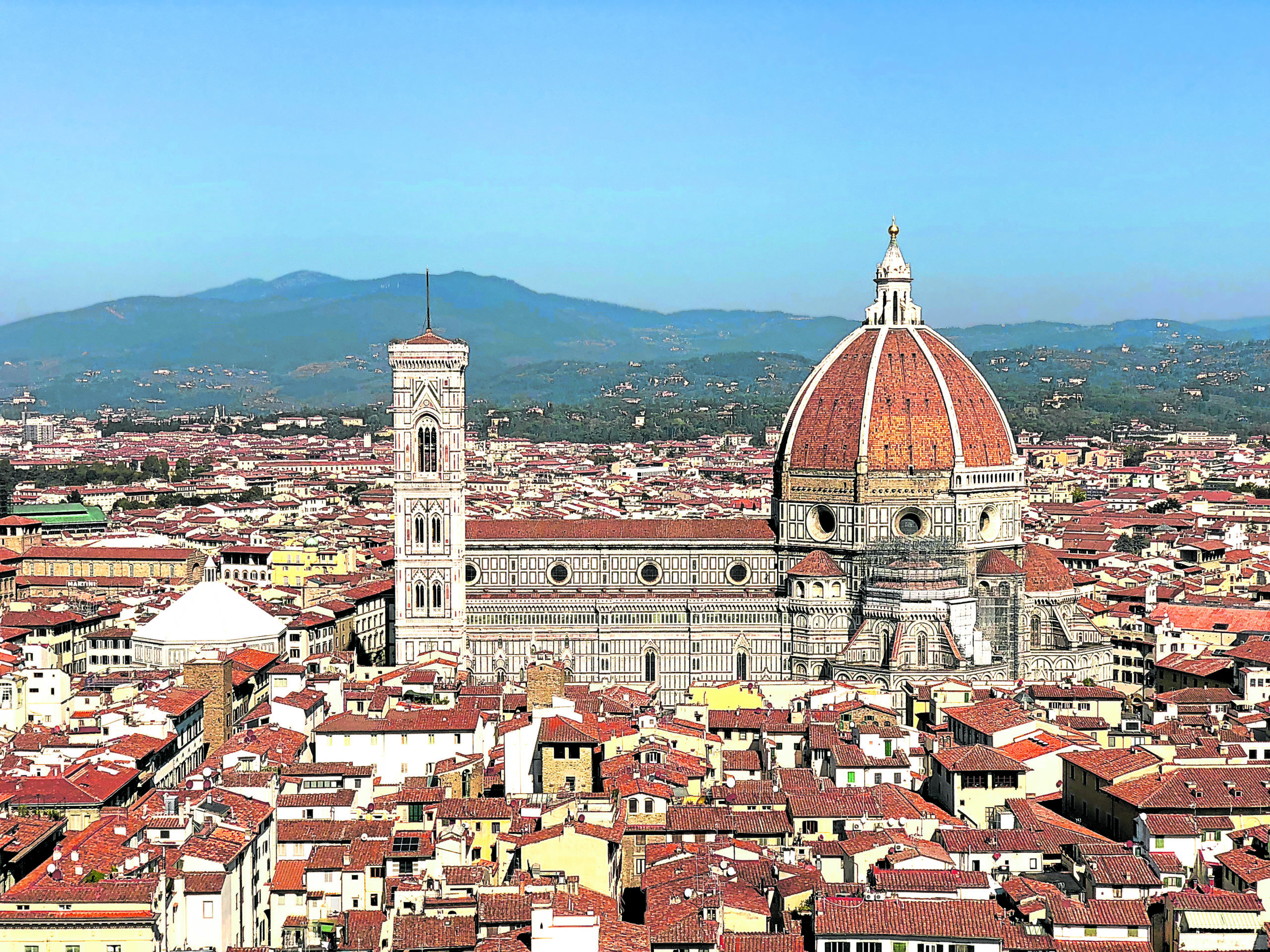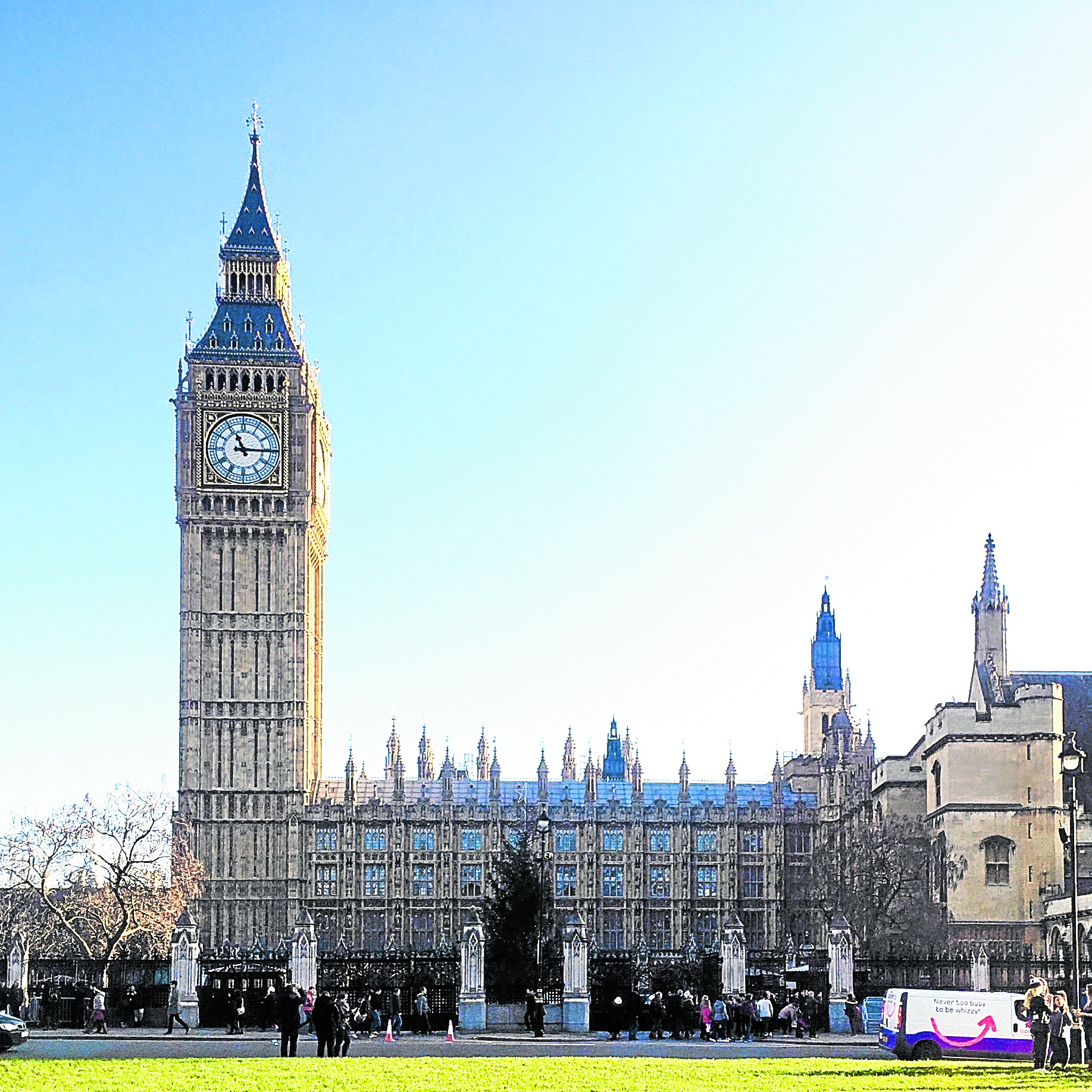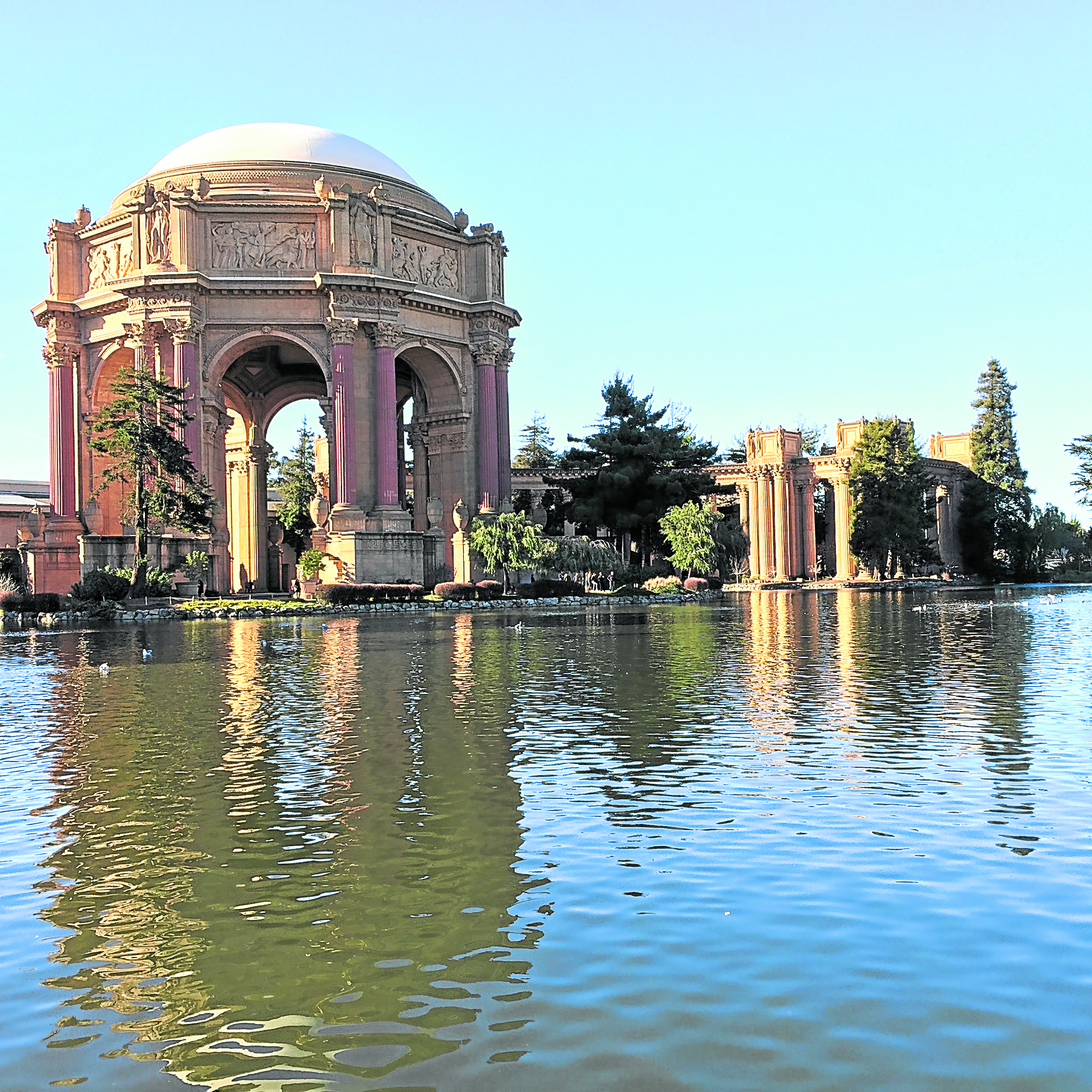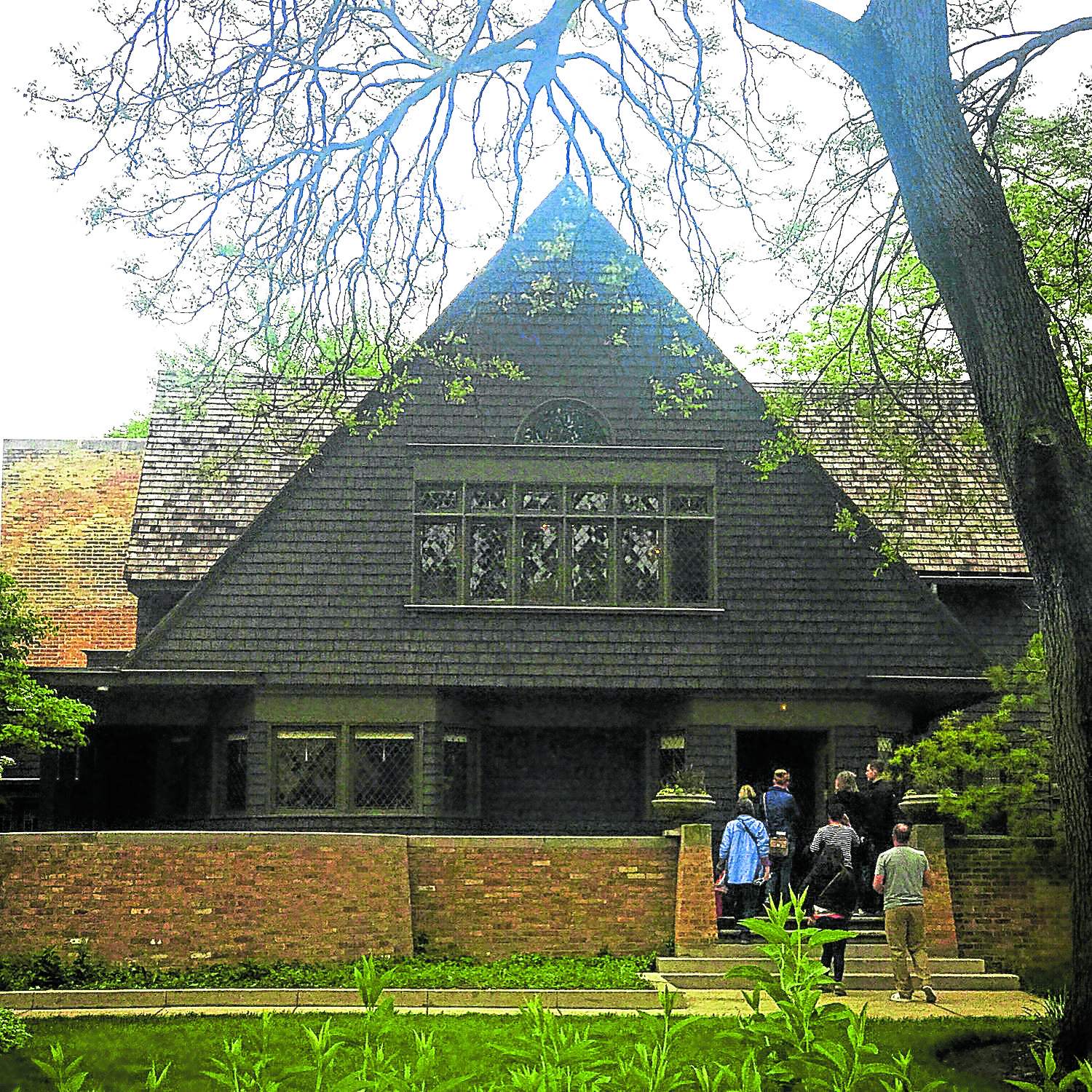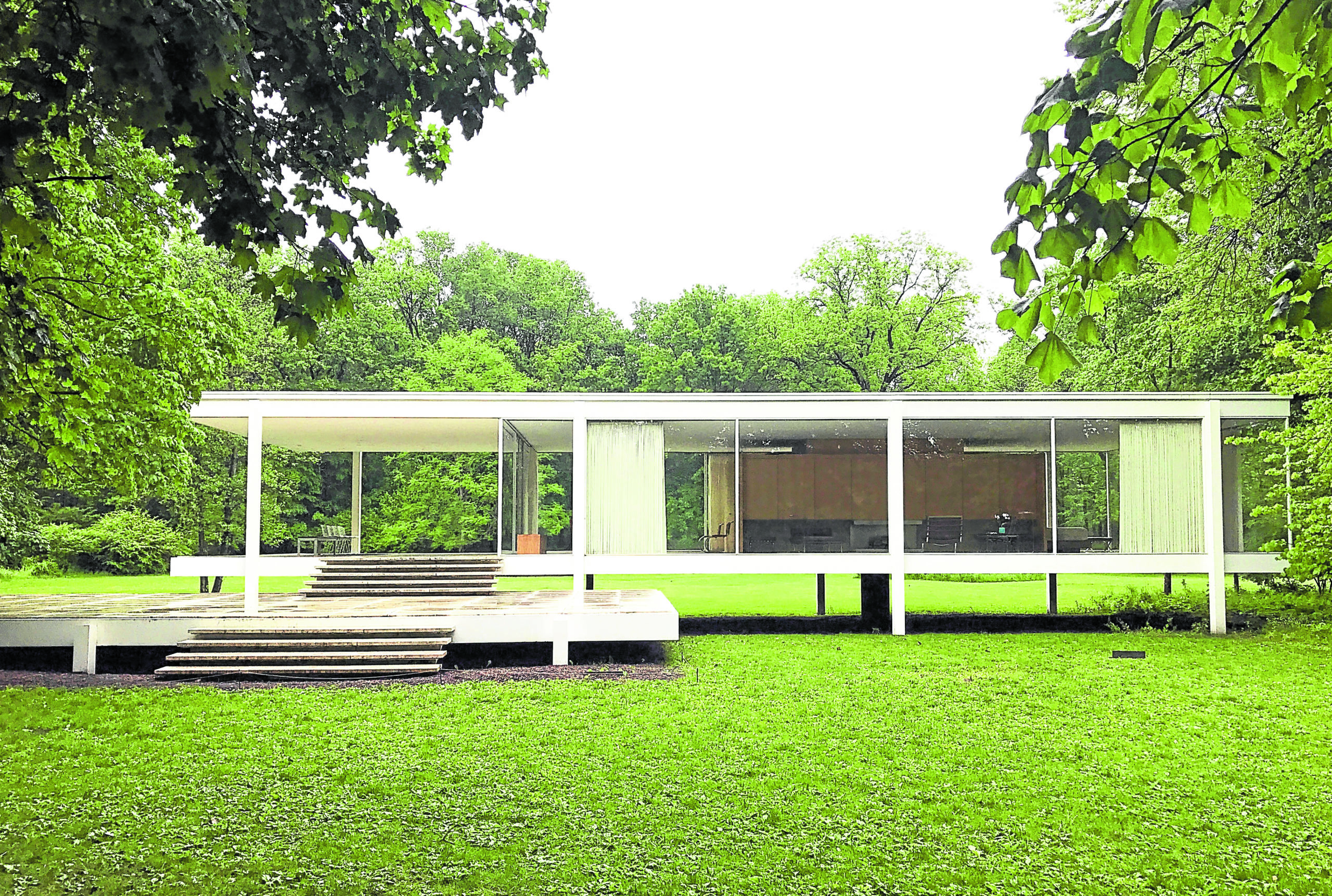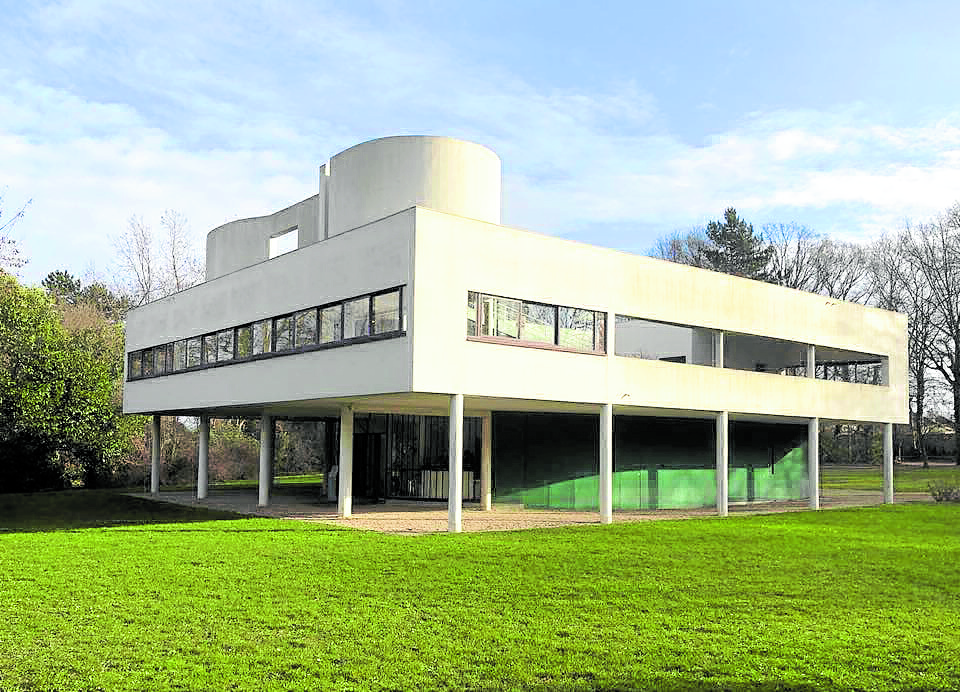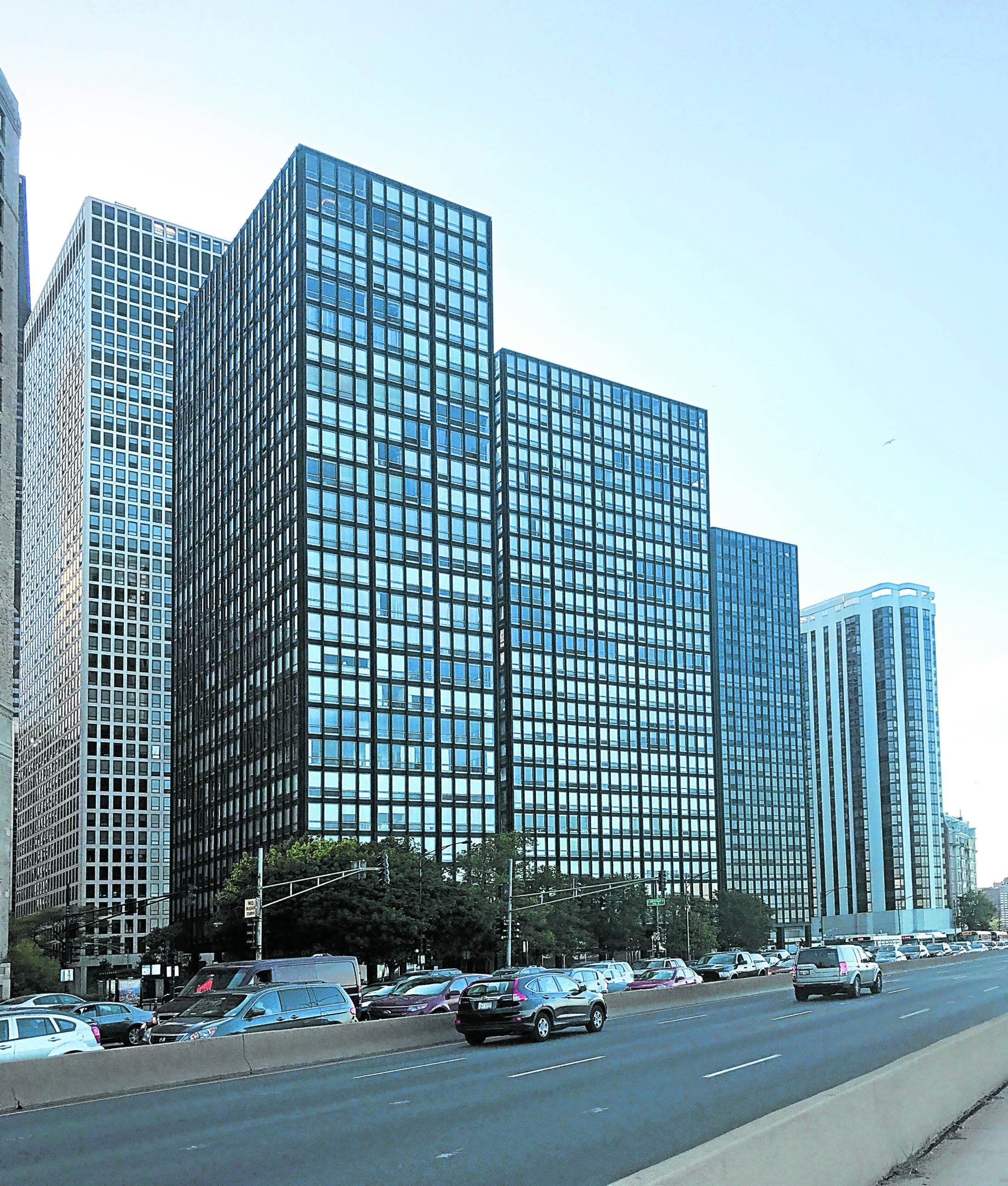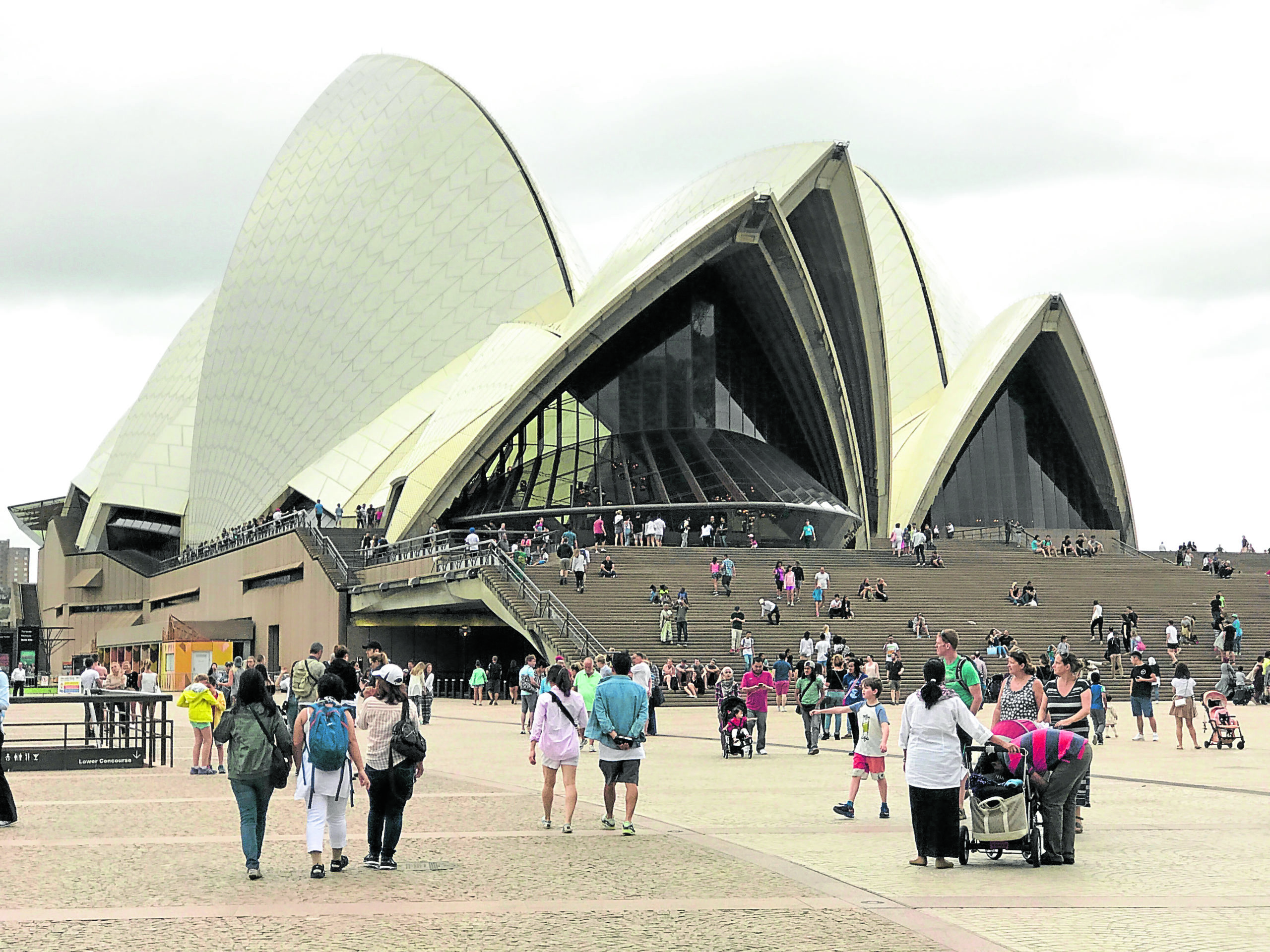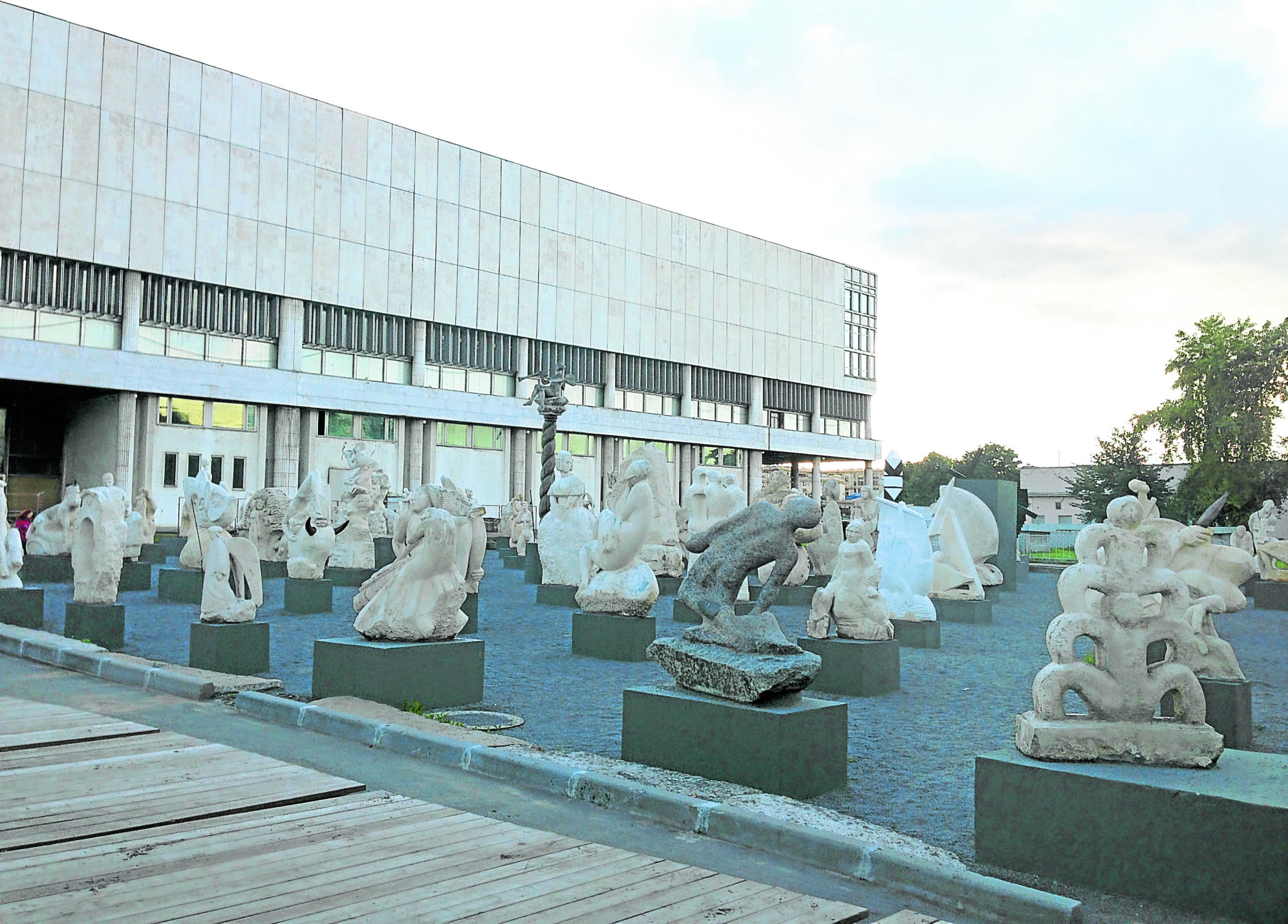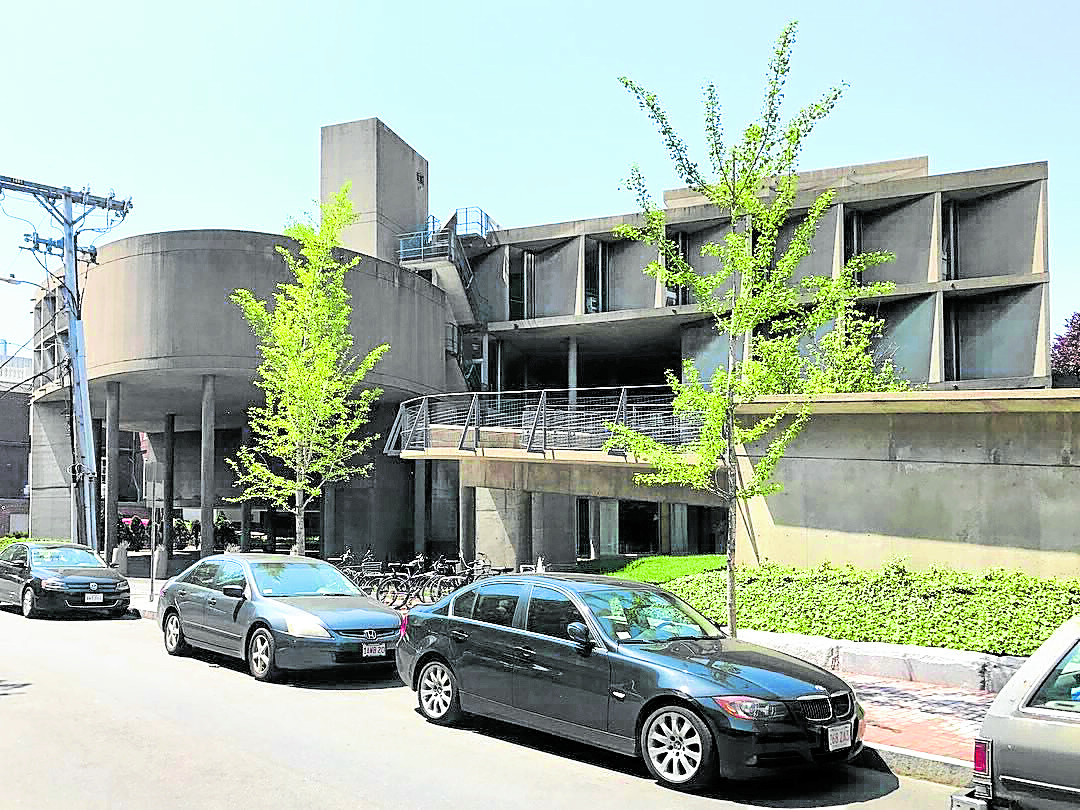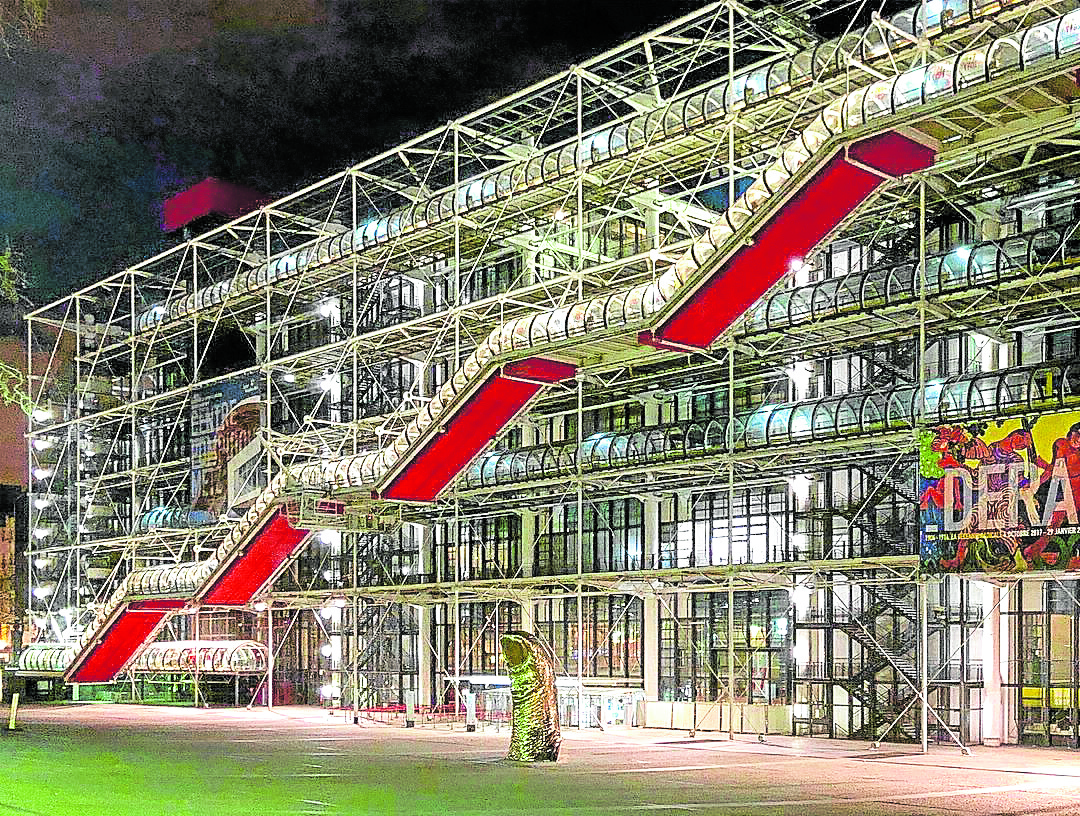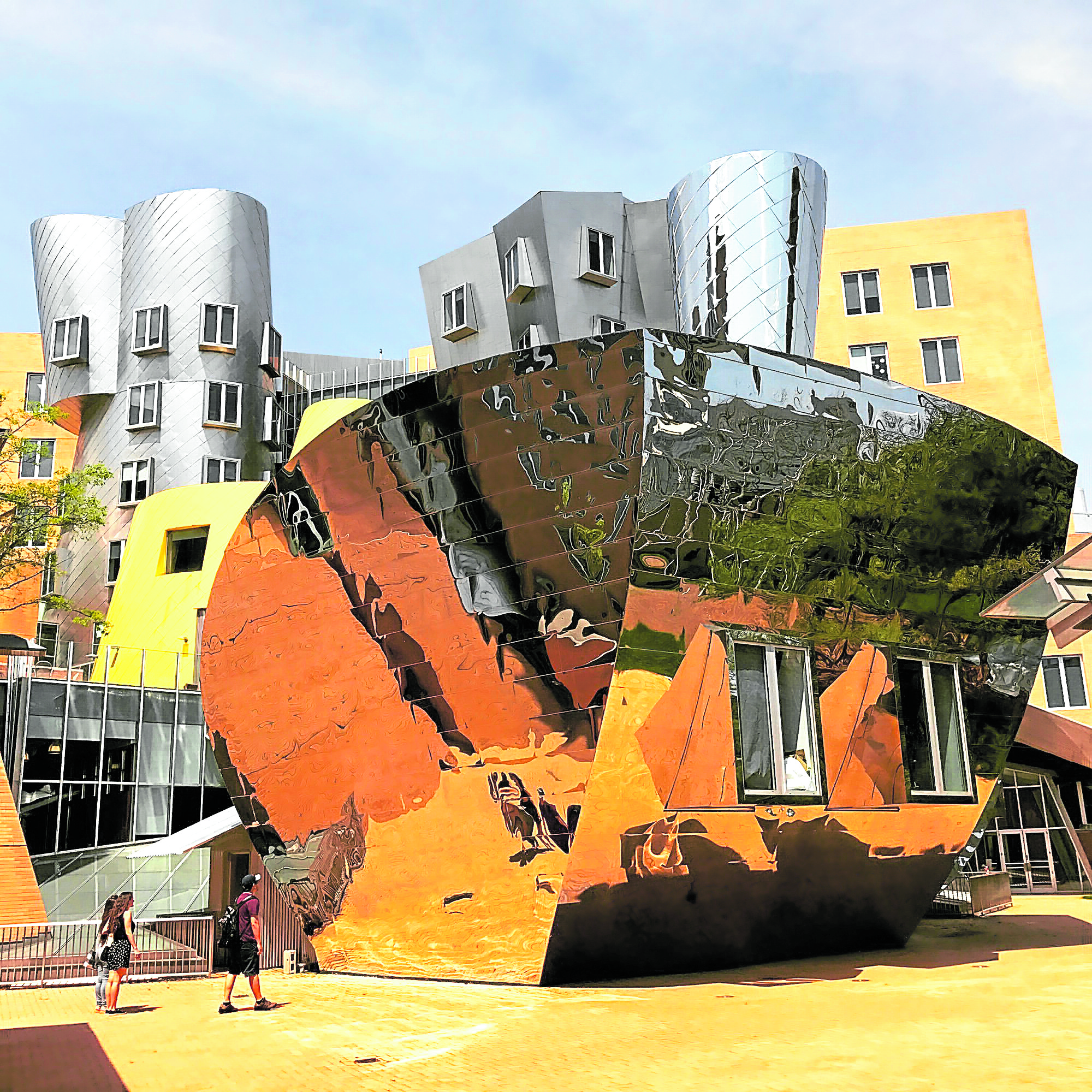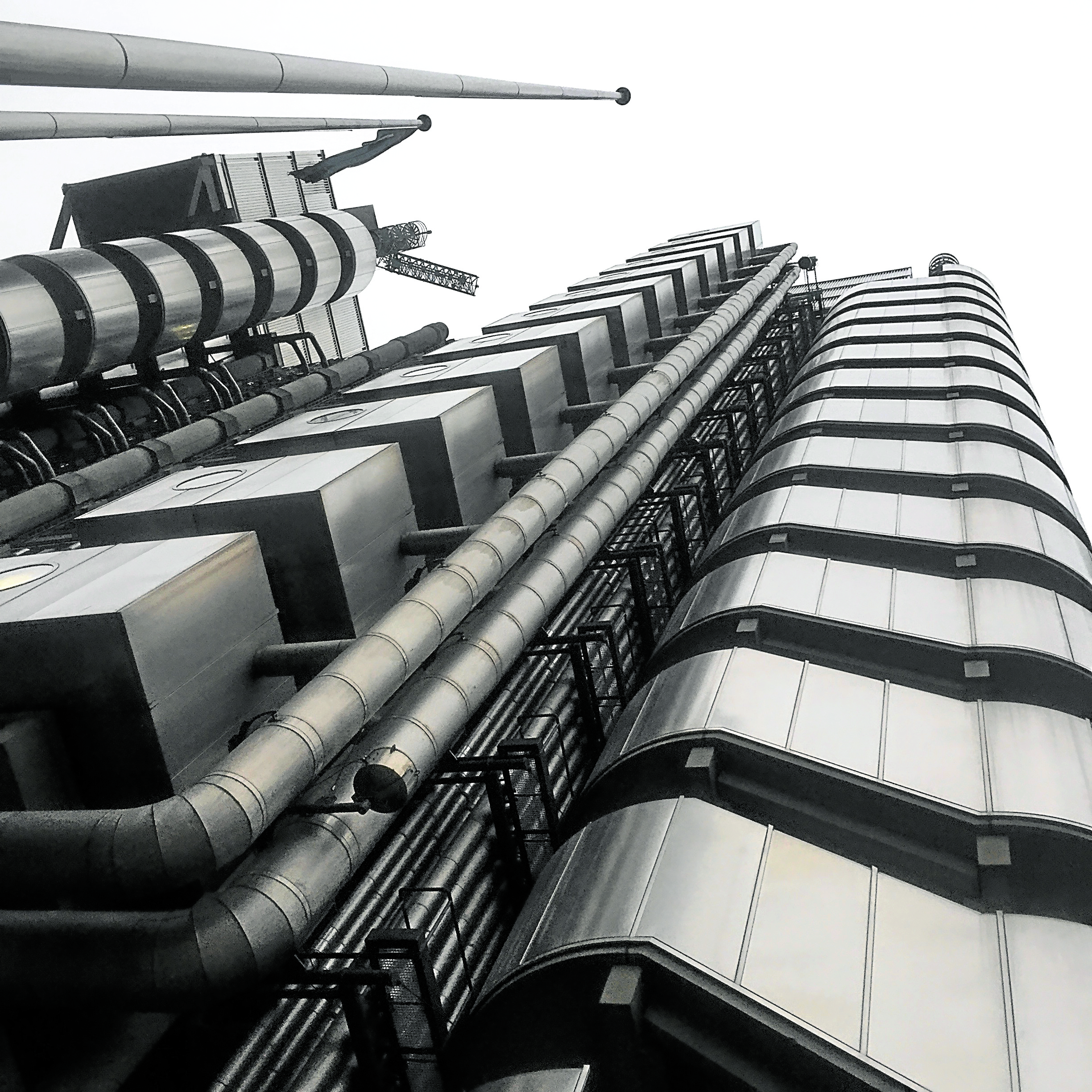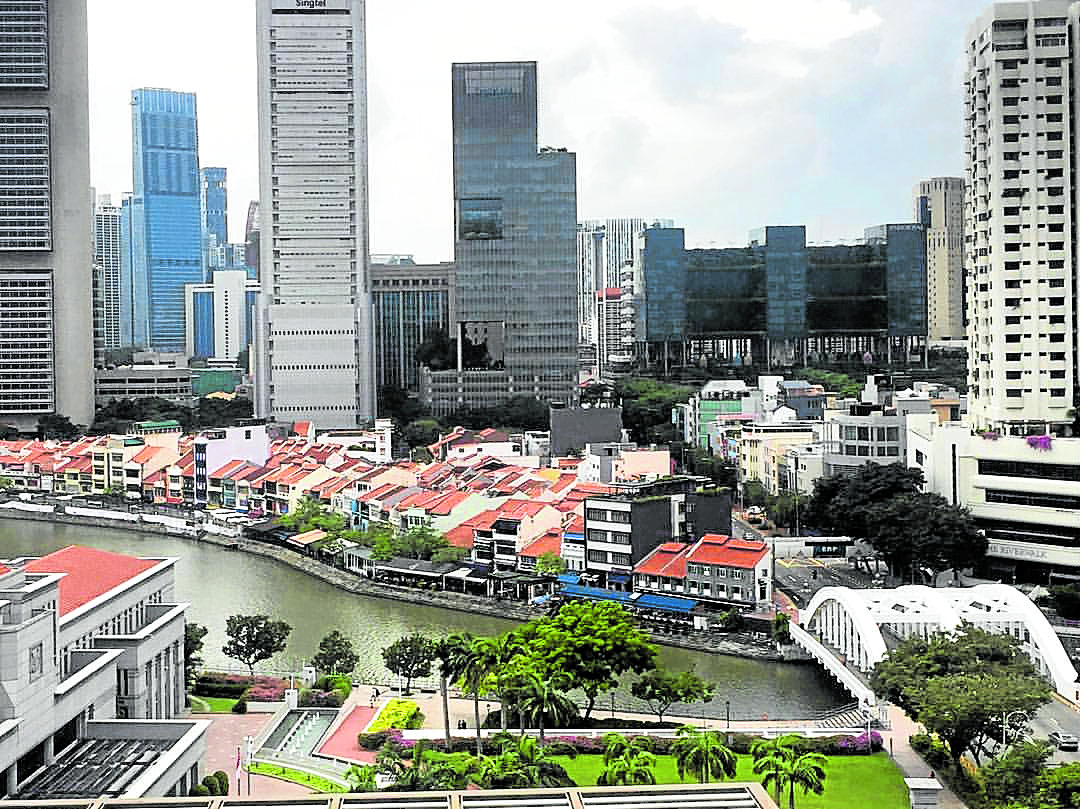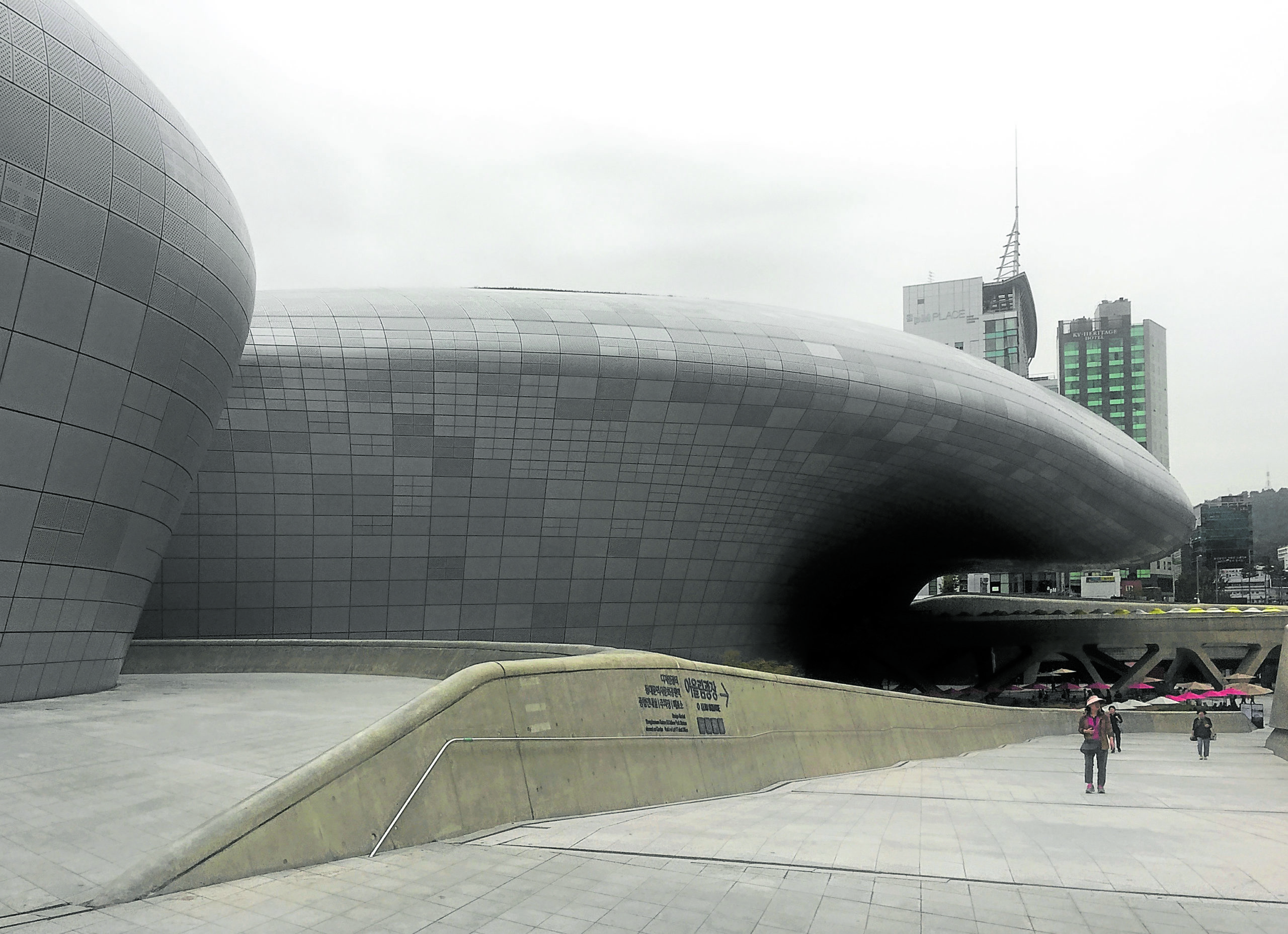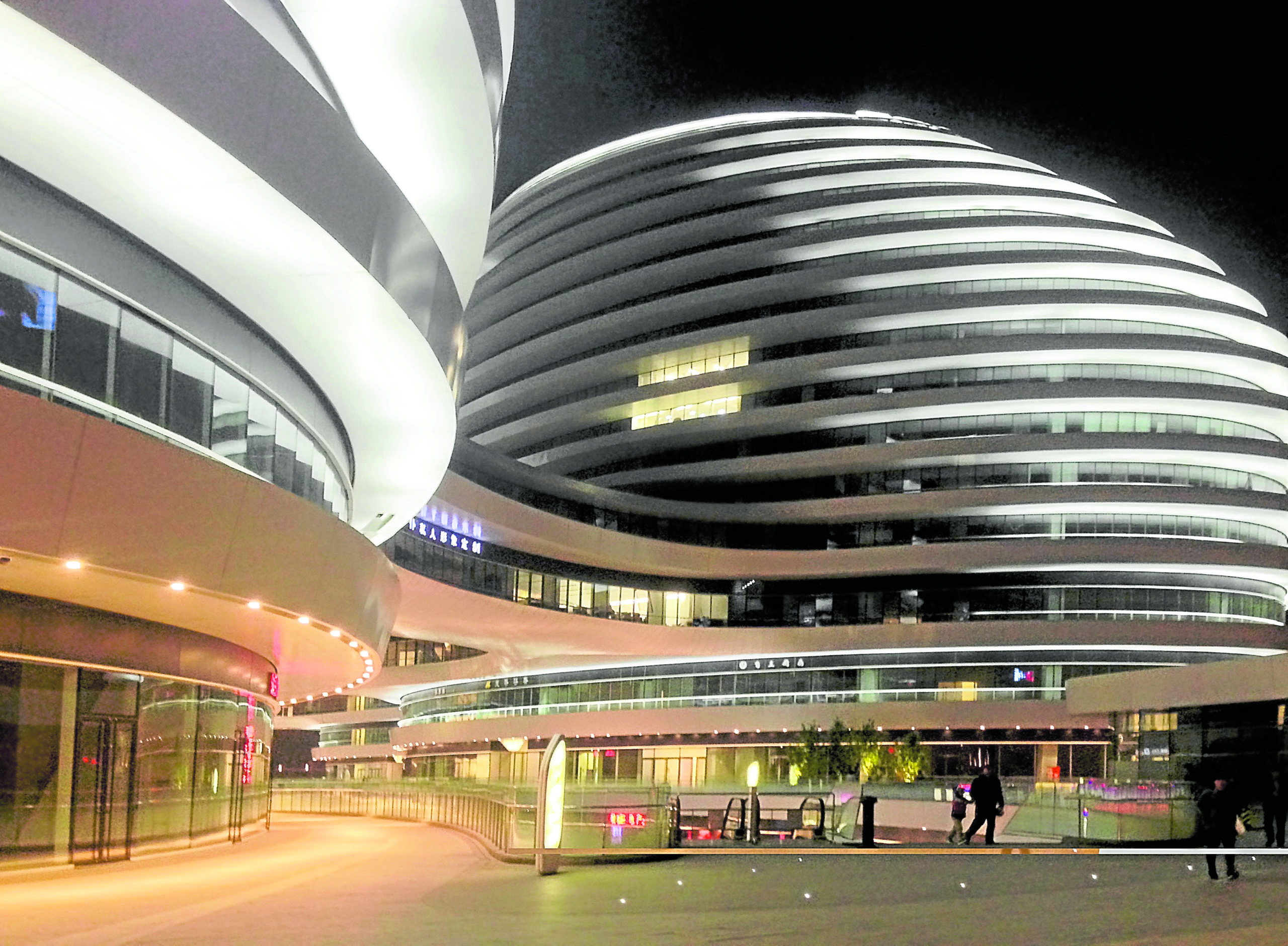35 architecture ideas through the years
The story of architecture is the story of human civilization over the last 6,000 years. We have shaped and transformed our built environment to suit the evolving needs of our society and continue to imagine a better, more sustainable future for generations to come. This is a partial compilation of various architecture movements and ideas that define the world as we know it.
1. Roman Architecture
Rome was an empire of cities. The greatest city in the world needed to build the grandest and most magnificent representations of its glory and civilization. The architecture of Rome continued the classical traditions of ancient Greece but introduced new materials and technologies such as concrete, arches, vaults, and domes. The Roman Empire stood as the pinnacle of civilization for much of the millennium. Its architecture produced secular public buildings and infrastructure on a scale that would not be rivaled until the 20th century. Roman aqueducts and public baths, colosseums and basilicas would project the power and grandeur of Rome to all corners of the Mediterranean world. This use of architecture as a political and symbolic expression of authority continues until today in government buildings, financial institutions, and other places of power. Roman architecture is the foundation upon which architecture exists as both an art and a prerequisite mark of civilization and society.
2. Byzantine Architecture
Byzantine Architecture was the continuous development of architecture after the fall of the Western Roman Empire and would eventually feature the first break from the Classical tradition after a thousand years. It is characterized by vast spaces and decorative domes as well as beautiful mosaics and ornate columns. It would greatly influence both Romanesque and Islamic architecture with its arches and domes. The Hagia Sophia in Istanbul would be the largest Christian cathedral for a thousand years and remains today one of the most beautiful works of architecture in the world.
3. Romanesque
Romanesque architecture was the austere post-Roman medieval architecture of Europe. It was the architecture of castles and monasteries as well as the church. It is characterized by semi-circular arches, massive walls, ribbed vaults, and arcades; and featured less ornamentation and openings. It reflected the character of the time which was more defensive in nature and less decorative. Its features included towers and primary portals along with arcaded aisles and cloisters.
4. Gothic
Gothic architecture is the architecture of the Middle Ages. It is an architecture of verticality that soared. The architecture of the church sought to achieve greater heights and the new technologies and materials of the period brought about the dominant built form of an age when the church was the center of daily life. Gothic architecture achieved this verticality with its highly distinct and characteristic pointed arches, ribbed vaults, flying buttresses and incredible tracery. Some of the most recognizable Gothic cathedrals are the Notre-Dame de Paris, the Chartres Cathedral and Cologne Cathedral. Gothic architecture is an incredible period of innovation in architecture and engineering wherein structure was first expressed as beauty and humanity reached for greater heights.
5. Renaissance
Renaissance architecture was the European architecture developed during the Renaissance period that drew inspiration from the ancient Greek and Roman world. It was first developed in Florence by Filippo Brunelleschi and was widely spread and codified by Andrea Palladio. It is characterized by symmetry, order, and proportion and featured columns, arches, and domes in complex compositions. Renaissance architecture was the dominant form of architecture for much of the Western world and continues to inspire architects today with some of the most beautiful and recognizable landmarks of the period such as the Florence Cathedral, the Santamaria Novella, and St. Peter’s Basilica. It was the architecture of Michelangelo, Leonardo Da Vinci, and Raphael and remains as one of the most visible representations of architecture in the world.
6. Baroque
Baroque architecture is a lavish and grandiose form of architecture with incredible, bold gestures and sculptural ornamentation. It was an architecture of awe and grandeur characterized by great domes and grand staircases, along with incredible sculptural decoration and oval spaces. Twisting columns, extravagant gilding, and lush ornaments were incorporated for dramatic effects. It was the architecture of royalty and of exuberant excess.
7. Revivalism
Revivalism was a collection of architectural styles from the 19th century that sought to rediscover and romanticize the traditions of previous eras. It sought to develop a sense of continuity with the past and was brought about as a response to the development of new materials and technologies. The influence of revivalism is a continuing backdrop in the development of architecture in response to various movements such as Post-Modernism to Modernism and vernacular architecture to globalization.
8. Neoclassicism
Neoclassical architecture was a mid-18th century revival style influenced by new archeological discoveries. It was a response against the flamboyance and ornamentation of sculptural Baroque architecture and embraced the planar and geometric lines of Classical Architecture. Neoclassicism was an international movement embraced by the French Empire and the then newly-founded United States. This in turn influenced the early American colonial architecture of the Philippines.
9. Gothic Revival
Gothic Revival is an architecture movement that began in in the 18th century in contrast to neoclassicism. It is characterized by Gothic ornamentation and became dominant in the 19th century. The movement was rooted in a revival of religious beliefs and medieval traditions in response to the advent of industrialization. It celebrated the spirit of craftsmanship against that of modern materials and continued to exert influence up to the early 20th century.
10. Beaux-Arts Architecture
Beaux-Arts was a French school of architecture taught at the Ecole des Beaux-Arts in the 19th century. It was a nationalistic architecture movement that emphasized strict dogma and principles and maintained a rich tradition of training and learning. It is characterized by sculptural and bold decorations on rectilinear forms with vibrant ornaments steeped in symbolism and meaning and subdued colors. The school was a dominant style in France and had a strong and important influence in the early development of architecture in the United States.
11. Arts and Crafts
The Arts and Crafts movement rejected the bourgeois traditions and revivalism of the 19th century and focused on traditional crafts as a high-minded celebration of simple living. It was a British style that developed from British vernacular architecture and was characterized by solide forms, steep roofs and pointed arches. The Arts and Crafts movement rejected the mechanization brought about by the Industrial Revolution as much as the fine points of fine art, and sought to find beauty in common materials that expressed the beauty of everyday life.
12. Art Nouveau
Art Nouveau was among the earliest breaks from the traditional historicism of 19th century architecture. It sought to connect the fine arts with the decorative arts of architecture and design into a whole. Art Nouveau was characterized by the flowing curves of flowers, vines, and nature, seeking to introduce a sense of movement and dynamism into the arts. New materials were introduced to create flamboyant and new forms. It also sought to avoid the rigid order of straight lines. Art Nouveau was one of the earliest movements to spread around the world and encompassesmuch of the art and design fields with the prevalence of new printing techniques and the desire of young artists to explore new ideas.
13. Art Deco
Art Deco combined art and architecture with fine craftsmanship characterized by geometric forms and bright colors. It was influenced by the fine craftsmanship of furniture and the new materials of its time. It is a decorative style that exuded luxury and flamboyance, borrowing elements and motifs from exotic locations around the world. The pinnacle of Art Deco can be found in landmark skyscrapers like the Empire State Building, the RCA Building, and in the incredible Chrysler Building by William Van Allen.
14. De Stijl
De Stijl was an influential art movement that advocated for pure abstraction through simple geometry and color. It sought to liberate art and culture by breaking the restriction of natural forms. It advocated for straight lines and planes, and the use of primary colors in asymmetric and abstract expressions of tension. It was influenced by Cubism and in turn would influence the international style and the Bauhaus school.
15. Modernism
Modernism is a broad movement in architecture that first began with experimentations in new materials at the end of the 19th century. Architects began to explore the use of iron, glass, and reinforced concrete to build lighter and taller structures. These explorations led to a desire to break away from building traditions and ornamentation encapsulated in Eugene Viollet-le Duc’s “For each function its material; for each material its form and ornament.” Modernism’s functionalist and rationalist approach embraced minimalist ideas. Modernism quickly grew out of several countries in Europe and the United States and gained greater momentum after the First World War. It remains one of the strongest and most popular ideas today with continued celebration of the works of the 20th century’s most renowned architects; Le Corbusier, Frank Lloyd Wright, and Ludwig Mies van der Rohe.
16. Le Corbusier
Charles-Edouard Jeanneret is one of, if not, the most influential architects of the last century. He was a pioneer of modernism and continues to exert a vast influence in our built environment with his ideas and built work. His most influential book “Towards a New Architecture” rejected styles and tradition and advocated for the acceptance of the aesthetics of standardization and mass production. His book “The Decorative Art of Today” assailed decoration as an empty gesture and declared that “Modern decoration is no decoration.” His book “Five Points of Architecture” along with the Villa Savoye developed a set of architectural principles that continue to be relevant today. Le Corbusier was a founding member of CIAM and his ideas on urbanism greatly influenced public housing and the intensification of urban nodes.
17. Bauhaus
The Bauhaus school founded by Walter Gropius is known for its idea of bringing all the arts together with the idea of Gesamkunstwerk (“comprehensive artwork”). It focused on imbuing mass production with the aesthetic spirit and finding beauty in simple forms and functional everyday items. Bauhaus had a major impact on both art and architecture and continues to be one of the most influential streams of modernism.
18. International Style
The International Style is based on the rejection of ornamentation, simplicity of form, and expression of volume. It embraced the then new materials of steel, glass and concrete as well as the use of mass produced materials. The typical International Style building, with simple rectangular volumes and gridded glass facades, was widely embraced by the corporate world and was a ubiquitous example of the homogeneity of globalization.
19. Organic Architecture
Organic architecture was coined by Frank Lloyd Wright to describe his architecture, which largely promotes harmony between buildings and nature. It proscribes buildings that embrace its natural site and become a part of it. It is also an architecture that prescribes that everything inside a building–from furnishings to motifs–are essentially part of one whole organism and together express a harmonious and symbiotic relationship between man and nature.
20. Expressionism
Expressionism is a modern style of architecture that espoused abstraction and symbolic meaning and rejected strict dogmatization. It is characterized by artistic expression and experiential spaces. Expressionism embraced the treatment of architecture as an art form, focusing on new forms bold tectonic movements. It advanced the abstraction of architecture and its detachment from functionalism finding meaning in material, form, and space.
21. Constructivism
Constructivist architecture is a 1920s Soviet form of modernism that incorporated technology to reflect the modern and advanced socialist ideology. It was characterized by futuristic geometry with mechanical influences and socio-political programs. Constructivism sought to define the urbanity of a socialist utopia by introducing avant-garde ideas and ambitious plans on a societal scale. It was a parallel modernist movement that sought to become less restrained and more progressive influencing many of the 20th century’s latter architectural movements.
22. Brutalism
Brutalist architecture emerged in the post-war reconstruction of the 50s. It is characterized by the exposure of structural elements and the predominance of bare building materials such as raw concrete. It is a minimalist style that is usually monochromatic and associated with simple bold forms. Brutalism has often been associated with socialist ideas and was widespread in the former Soviet bloc. It celebrated the honesty of basic materials and introduced a strict modernist aesthetic that was dominant in the late 50s and 60s.
23. Metabolism
Metabolism was a Japanese movement that strived to figure out the challenges of Japan’s growing urban population with ideas about organic biological growth and mega structures that contained entire neighborhoods. It is a style characterized by growth patterns and clusters and was translated into various buildings by Kenzo Tange, Kisho Kurokawa, and Fumihiko Maki.
24. Mediterranean Revival
The city is a living organism that depends on the health and well-being of its people. Planned communities allow us to keep on growing and reinvigorating our city in an intelligent and controlled manner. The consequences of unplanned growth and unenforceable planning have plagued us for too long. We must demand better urban conditions and remind ourselves that our decisions determine what kind of city we choose to live in.
25. Postmodernism
Postmodern architecture is a reaction in the 60s against the formality and homogeneity of modern architecture. It was introduced by Robert Venturi and Denise Scott Brown and championed by the likes of Philip Johnson and Michael Graves in the ’80s and ’90s. It was characterized by color, ornament and references to past styles. Its colorful and sculptural forms were playful and unapologetic. Detached from function and rigid doctrines, it embraced the needs and predispositions of human emotions as a vital component of architecture.
26. Arcology
Arcologies are urban scale buildings that are able to house large populations with a smaller ecological footprint within a self-sustaining ecosystem. Arcology is a futuristic movement that has captured the imagination of architects and futurists alike. The idea was first put forth by Paulo Soleri, who believed in an arcology that would house all the residential, commercial, and agricultural needs of its population. Arcology has influenced the development of the larger, more complex, mixed-use developments and continues to be an elusive idea for human society.
27. High-Tech Architecture
High-tech architecture or structural expressionism is an architecture that utilizes the structure and function of a building along with new technology and materials into its design. It espouses openness and transparency with adaptable open plans and peripheral service areas. It was widely championed by a generation of prominent British architects that included Norman Foster, Richard Rogers, and Nicholas Grimshaw.
28. Deconstructivism
Deconstructivism is a contemporary architecture movement characterized by fragmentation and abstraction of form. It is a response against the formality of modernist and post-modernist ideas that focus on presence and absence as an expression of space. Deconstructivist buildings are usually dynamic and volumetric with an inherent movement in non-traditional and therefore surprising articulation of building form. Works by prominent architects such as Frank Gehry, Rem Koolhaas, Daniel Libeskind, Peter Eisenman, Zaha Hadid, and Bernard Schumi are often characterized as deconstructivist and have pushed it into the mainstream of contemporary architecture.
29. Critical Regionalism
Critical regionalism seeks to oppose the homogeneity of modern architecture as well as the ornamentation and referential whimsy of postmodern architecture by tying modern architecture to the local culture and climate. It allows for the development of vernacular architecture with progressive ideas that respect the local traditions but seek out new forms that embrace our current day and age. This has led to various regional architectural styles developing outside the traditional stream of Western architecture and promoting a more diverse range of contemporary architecture.
30. New Urbanism
New Urbanism is a movement that began in the 1980s which influenced urban planning and real estate development. It promotes walkable, transit-oriented development that seeks to promote personal mobility and a more human urban scale. The movement advocates for stronger communities by promoting the proximity and accessibility of town centers and public amenities to every resident as well as developing a diverse population. The primary example and poster child of New Urbanism is the town of Seaside in Florida by Andres Duany and Elizabeth Plater-Zyberk. The Congress for the New Urbanism is active in promoting walkable, healthier mixed-use communities for the development of a more sustainable future lifestyle.
31. Sustainable Architecture
Sustainability is the one overriding principle dictating the architecture of tomorrow. Most architects have come to realize the impact our built environment has had on nature and the dangers of climate change loom ever closer on the horizon. Sustainable architecture seeks to utilize materials and spaces that can minimize our environmental footprint as a species. It seeks to reintroduce balance into our ecology by minimizing consumption of energy and preserving more of our environment. Sustainable architecture is a key element of sustainable lifestyles and is critical in ensuring the future of our society.
32. Tropical Architecture
Tropical Architecture is a regional movement largely based in the tropics where climate is vastly different from the temperate north. It is an architecture that seeks to harmonize living conditions with that of the environment. It is characterized by broad eaves, sloping roofs, increased cross ventilation, and an emphasis on shade and alcoves. Tropical architecture seeks to develop a sustainable program for the built environment by taking advantage of its lush surroundings and abundance of sun and rain. These allow for wide openings, solar power, and water collection as practical responses to the tropical condition.
33. Blobitecture
Blob architecture is a current movement in architecture brought about by the advent of computer modeling software. It is characterized by fluidic, organic and aerodynamic shapes that are used to create unusual new forms. It is architecture manipulated to varying degrees in a three-dimensional axis by various algorithms and functions. Blobitecture is part of a wide exploration and experimentation of new forms, if not new purposes beyond function, by early 21st century architects.
34. Parametricism
Parametricism is a contemporary style of architecture that operates within a set of parameters that determine the manipulation and articulation of connected variables when altered by an outside force. It intends to correlate various elements and combine them into a complex composition that allows for diversity with a sense of continuity. Parametric design has grown with the increasing advances in computational power and seeks to allow for the shift to mass customization as the norm in our built environment.
35. Social Architecture
I end this piece with Social Architecture, which is the architecture we choose to pursue and explore in our studio. Social Architecture seeks to develop a hyperlocal, barrier-free, and connecting architecture in the form of community facilities and buildings that allow for more immediate and convenient interactions within a community. It is characterized by accessibility and the deletion of walls, as well as the adaptive and fluid nature of space. Social Architecture rejects dominating and discriminating features of architecture and advocates for stronger communities through the use of overlapping and diverse public spaces.













